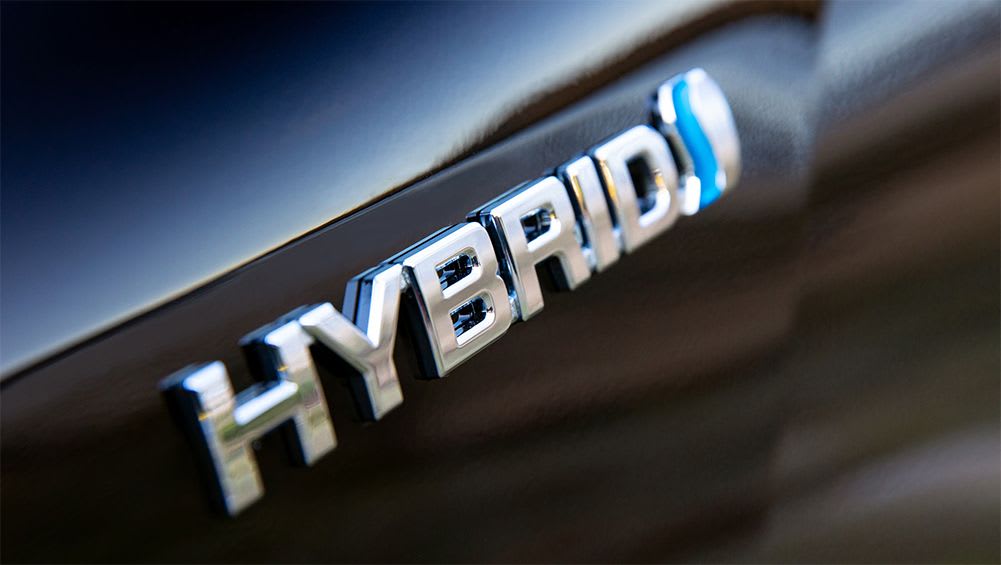
The quarterly update of the AAA's EV Index shows Australia's internal combustion engine (ICE) light vehicle market share continues to decline.
Hybrid new vehicle sales grew strongly in the three months to 30 June, reaching record levels and taking market share from both ICE and battery electric vehicles.
The AAA EV Index online data dashboard, produced by Australia's peak motoring body, analyses all new light vehicle sales across the country.
In national new light vehicle sales from Q1 2024 to Q2 2024:
- Total sales (all engine types) rose 10.25% (from 292,944 to 312,889).
- ICE sales rose by 3.13%, but because total sales rose at a faster rate ICE market share fell from 78.16% to 75.47%.
- Battery electric vehicle sales declined by 0.78% (from 25,552 to 25,353), and market share fell from the previous quarter's record level of 8.72% to 8.10%.
- Hybrid sales grew by 33.49% (from 35,003 to 46,727), and hybrid market share rose from 11.95% to 14.93%.

Trends
Sales figures over the past six quarters show a clear trend of growth for hybrids and BEVs and gradually shrinking ICE market share. But there have been significant quarterly fluctuations.
Over that time, BEV market share rose from 6.77% to peak at 8.72% in Q1 2024, before declining slightly in Q2 2024, and total BEV sales rose from 17,396 to 25,552 before dipping to 25,353. The strongest quarters for total BEV sales and markets share were Q2 2023 and Q1 2024.
In the first half of 2023 BEVs outsold hybrids, but since then hybrids have outsold BEVs in four consecutive quarters.
Total vehicle sales, including ICE vehicle sales, have risen since Q1 2023, with some quarterly fluctuations. But over that 18-month period, the ICE share of a growing market has declined by almost 11% (down from 86.40% to 75.47%). Over the past six quarters, ICE market share peaked in Q1 2023 (86.40%) and sales volume peaked in Q4 2023 (248,943).
In Q2 2024, plug-in hybrid vehicles (PHEVs) and hydrogen fuel cell electric vehicles (HFCEVs) still had very small market shares. Collectively, ICE vehicles, battery electric vehicles (BEVs) and hybrids accounted for 98.5% of the quarter's total new light vehicle sales.
Fuel types and vehicle types - Q2 2024
In the June quarter, pure ICE vehicles still dominated the small car, small SUV and large SUV market segments with hybrids a distant second. ICE accounted for more than 99% of utes, more than 98% of vans, and over 97% of people movers sold, but only 18.04% of medium-sized cars.
BEVs accounted for 46.7% of medium car sales and 27.08% of large car sales, and also performed relatively strongly in the medium SUV segment (11.25% of sales). But market share in each of these categories declined slightly from the previous quarter. However, there was growth from low bases in BEV market share of vans (1.77% up from 0.99%) and small SUVs (6.95% up from 4.32%).
Hybrids sold most strongly among medium cars (34.54%), medium SUVs (28.98%), small cars (17.27%) and small SUVs (14.74%). Total sales and market share in each of these categories rose from the previous quarter.
EV Index
The AAA EV Index quantifies Australia's vehicle technology transition. It collates information from multiple national, state and territory sources, including information provided by the Federal Chamber of Automotive Industries and the Electric Vehicle Council, used with the FCAI's and the EVC's permission. The Index is intended to enable consumers, businesses, and fleet managers to see the trends transforming the national vehicle market. Its online dashboard covers light vehicles of all fuel types - BEVs, PHEVs, conventional hybrids, HFCEV, and ICE.






